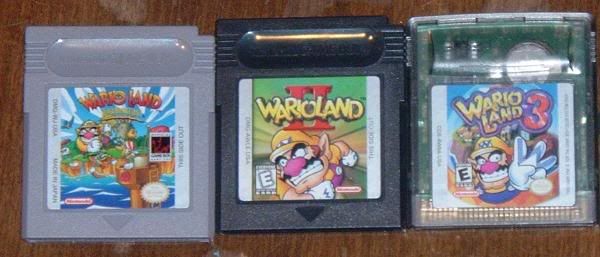Huh, I hadn't thought about that before, but I see your point, OP. It's definitely like a DSi or New 3DS thing.
Y'know what really bugs me, though, on a related note? That the people who initially wrote the Wikipedia article on console generations decided that the Atari 2600 and 5200 are part of the same generation, despite what game magazines at the time said. Everyone back then considered the 5200 and Colecovision to be a seperate generation (which ended early due to the big crash), the the NES and Atari 7800 being yet another generation.
However, so many modern game journalists have looked at the Wikipedia article when trying to remember what generation this is, that Wikipedia now cites their references to generation number to claim that their error is correct. How messed up is that?
For the record, we are actually currently in the ninth generation of consoles.


